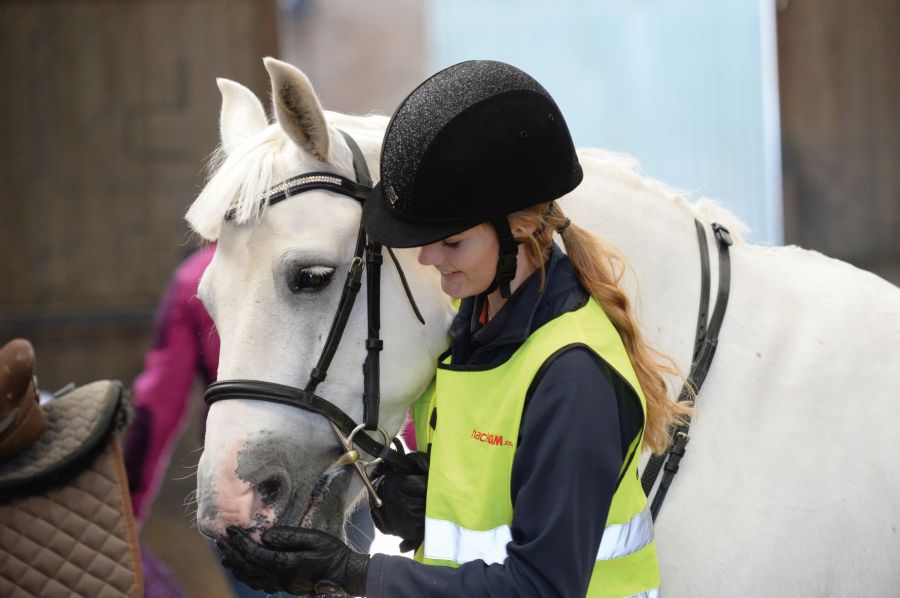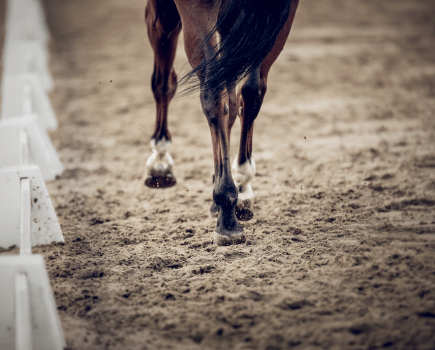New research into how riding helmets perform in high-speed rotational falls of horses could lay the groundwork for new standards across the industry.
Falls at high speed — such as those in racing or top-level eventing — change the way the helmet behaves, the researchers have discovered. However, these types of falls are not currently tested for due to a lack of data.
The new study by Virginia Tech Helmet Lab in the USA follows recommendations put forward by the International Equestrian Federation’s (FEI) Helmet Working Group in 2023.
They called for new computer modelling and simulations which better reflect real life accidents; additional tests and updated brain energy transmission to account for the varied forces that occur in equestrian falls, and a better injury reporting system to be established in order to track head injuries.
‘No current test’
Forty-nine US helmets were subjected to the testing at Virginia Tech and the new rating added to their ranking on the laboratory website.
This includes Champion and Charles Owen hats, which are available in the UK.
Claire Williams of the British Equestrian Trade Association said: “Extra information is always useful but it won’t change British hat testing at the moment.
“There is no current test for this sort of fall. The testing is still in development and is going to go into cycle helmets this year. We hope to incorporate it into European riding helmet testing in the future.
“A rider might want to look at those hats that came out well in the testing, but ensuring your hat is up to the correct current standard and fits well should be your first criteria.”
British helmet testing
UK riding helmets are subjected to five main types of test, using a headform that mimics the human head.
Instruments inside the headform gather data, which calculate the level of energy transferred to the headform from each test.
If the level is too high the hat will fail.
Linear impact tests
In these tests, the hat (with a headform inside it) is dropped onto different-shaped anvils from height to simulate a variety of accidents.
A flat anvil is used to reproduce a fall onto even ground, a bowl-shaped anvil is used to test falling on an uneven road surface or hitting a motor vehicle, and a hazard anvil, which has a sharp edge, simulates colliding with an object such as a fence or a hoof.
Penetration test
A 3kg metal spike is dropped from a height onto the helmet and headform. If the spike triggers a sensor on the headform, the helmet fails the test.
Lateral deformation test
This tests how the riding helmet stands up to crushing force. If the helmet changes shape more than the maximum limit, it fails.
Harness retention test
In this test, the harness is tested for strength and whether it keeps the helmet on the headform.
Stability tests
A weight is attached to the helmet and then tested to see if it comes off the headform when dropped from height.
In another test, the hat fails if it can be moved more than 15mm when pushed by hand.
The British Equestrian Trade Association’s safety comparison guide to hats on the market in the UK is available here.
Main image © Your Horse Library/Kelsey Media Ltd








